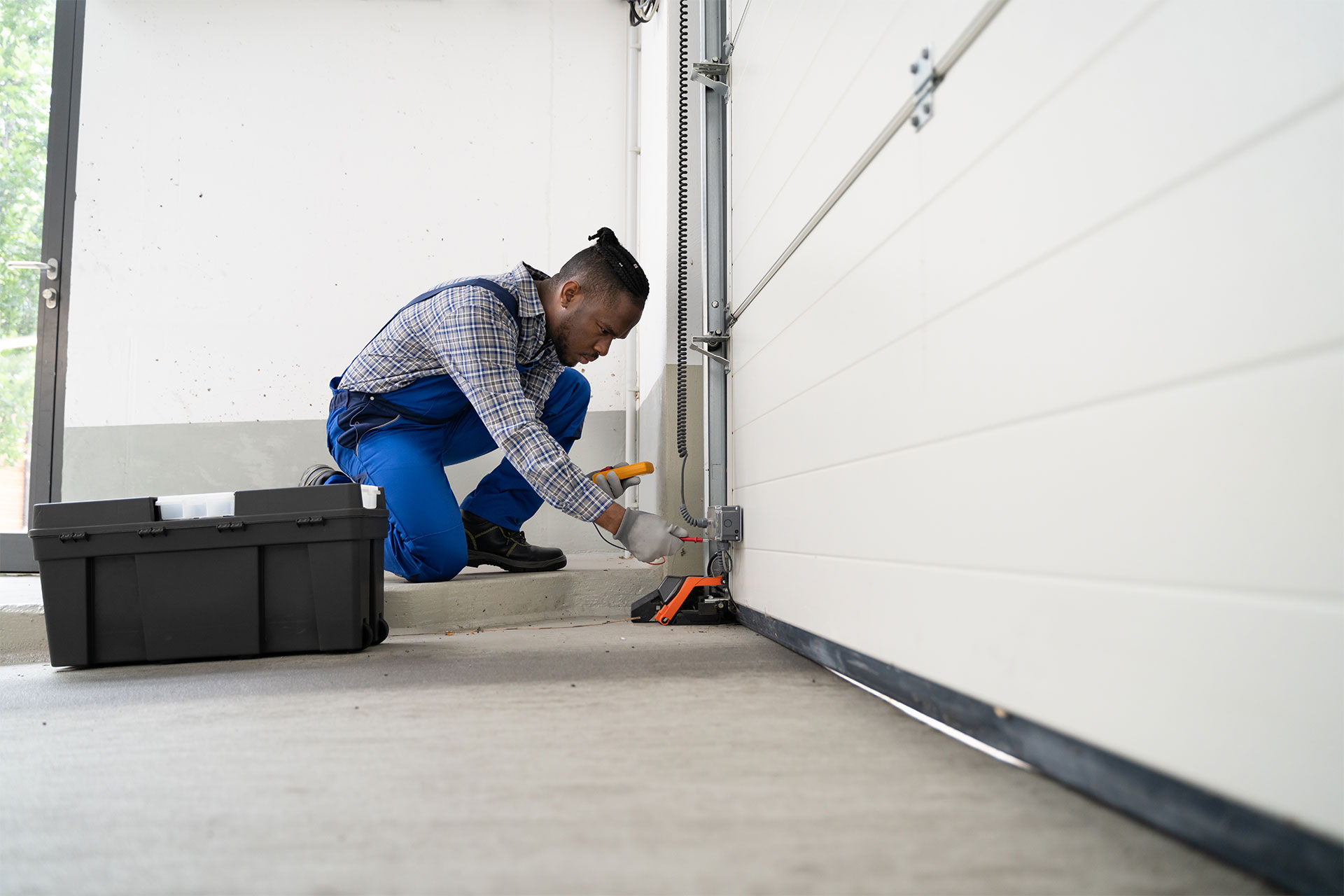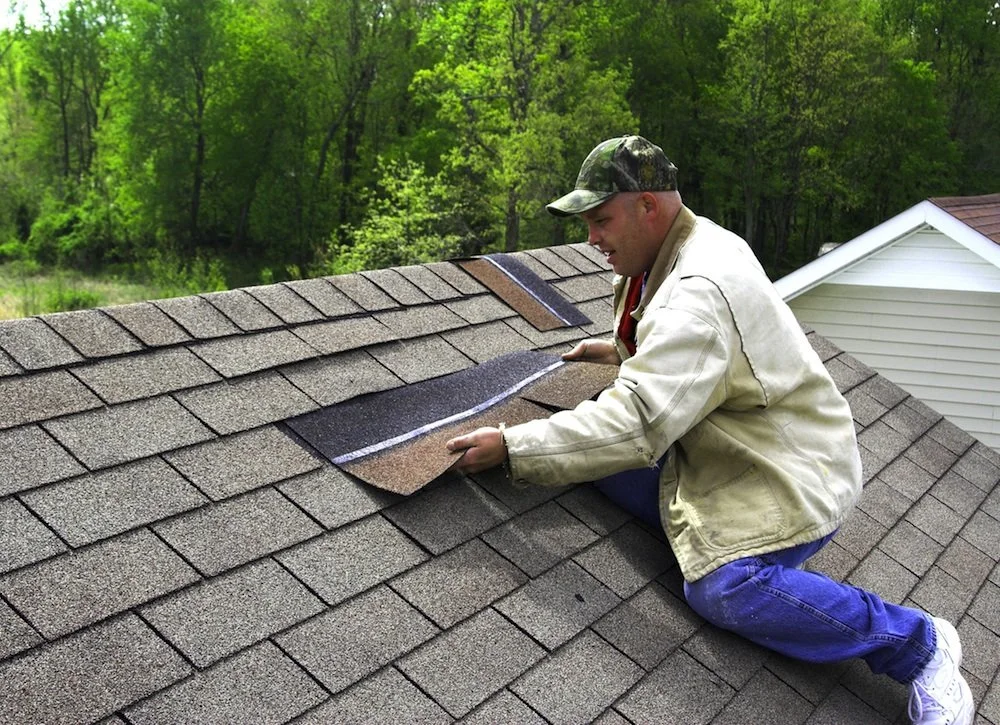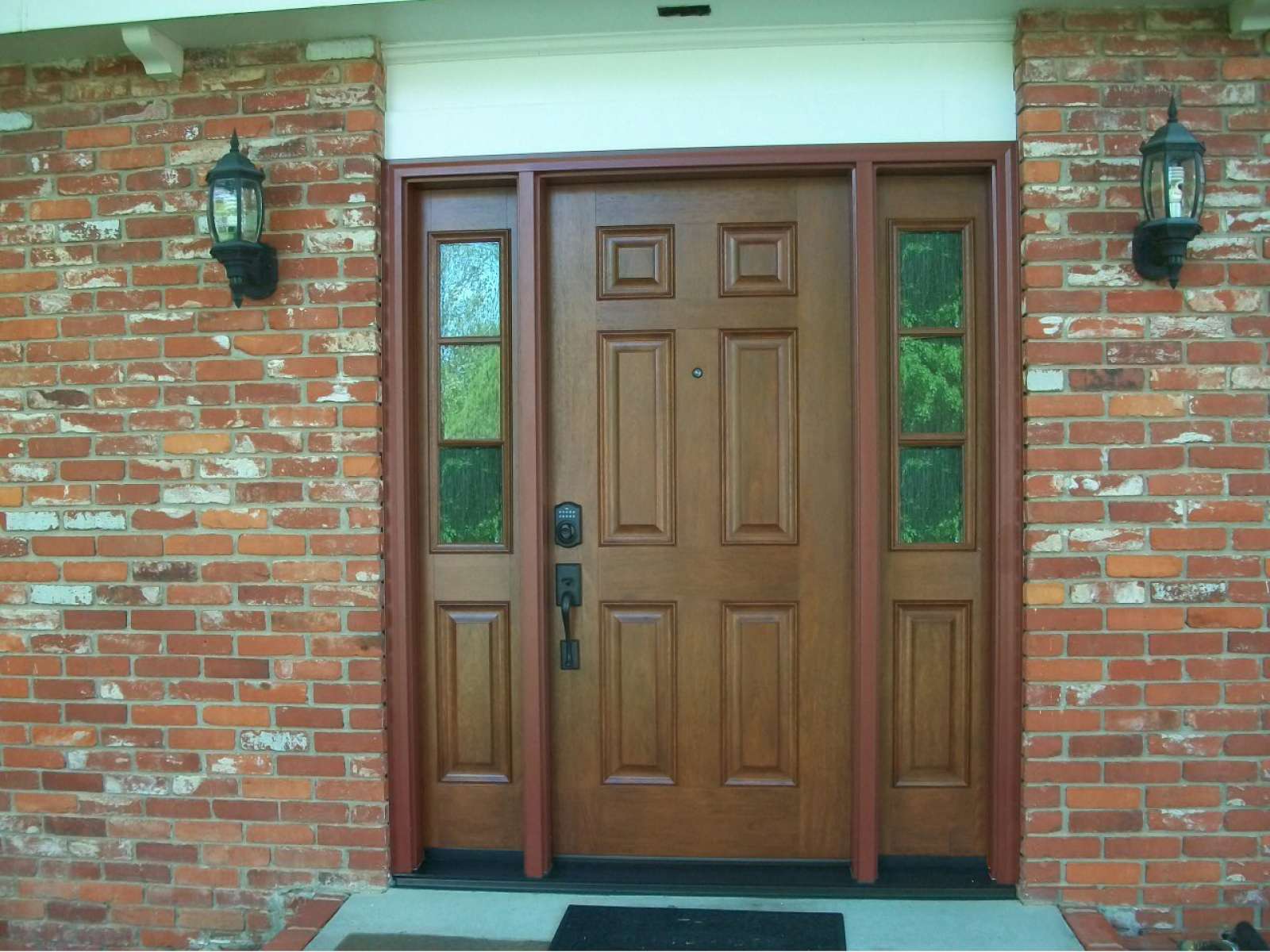- Introduction
A. Importance of Rodent Control
Rodent infestations pose significant risks to homes and businesses in Northwest Arkansas. These pests can cause property damage, spread diseases, and contaminate food supplies. Effective rodent control is essential for safeguarding the health and well-being of residents and preventing costly damage to structures to get Pest Control Fayetteville AR.
II. Common Rodent Species in Northwest Arkansas
A. House Mice
House mice are one of the most common rodent species found in Northwest Arkansas. These small rodents are adept at finding shelter and food sources in homes, businesses, and agricultural settings. House mice reproduce rapidly, making them a persistent pest that requires proactive control measures.
B. Norway Rats
Norway rats, also known as brown rats, are another prevalent rodent species in the region. These rodents are larger than house mice and often burrow underground, creating extensive tunnel systems near buildings. Norway rats are omnivorous scavengers known for gnawing through building materials and causing structural damage.
C. Roof Rats
Roof rats, or black rats, are agile climbers that often nest in elevated areas such as attics, roofs, and trees. These rodents are known for their ability to squeeze through small openings and access buildings through gaps in the roof or walls. Roof rats are particularly common in urban and suburban areas of Northwest Arkansas.
III. Risks Associated with Rodent Infestations
A. Property Damage
Rodents can cause significant damage to structures, wiring, insulation, and personal belongings. Gnawing behavior can lead to chewed electrical wires, which increases the risk of electrical fires. Additionally, rodents may damage woodwork, furniture, and stored items in attics and basements.
B. Health Hazards
Rodents carry a variety of diseases that can be transmitted to humans through contact with contaminated feces, urine, or saliva. Diseases associated with rodents include hantavirus, salmonellosis, leptospirosis, and rat-bite fever. Breathing in airborne particles from rodent droppings can also trigger allergic reactions and respiratory problems.
C. Contamination of Food and Surfaces
Rodents contaminate food supplies and food preparation areas with their droppings, urine, and hair. This can lead to foodborne illnesses and pose a significant health risk to residents and customers. In addition to food contamination, rodents can spread bacteria and pathogens to surfaces through their constant exploration and grooming.
IV. Effective Rodent Control Methods
A. Exclusion Techniques
- Sealing Entry Points
Identifying and sealing potential entry points is crucial for preventing rodent infestations. Common entry points include gaps around doors and windows, holes in walls or foundations, and openings around utility pipes and vents. Using materials such as steel wool, metal flashing, and caulk can help prevent rodents from gaining access to buildings.
- Installing Rodent-Proofing Materials
Installing rodent-proofing materials such as door sweeps, mesh screens, and chimney caps can further deter rodents from entering buildings. These physical barriers block access points and limit rodents’ ability to infiltrate structures.
B. Sanitation Practices
- Proper Food Storage
Store food items in sealed containers made of metal or glass to prevent rodents from accessing them. Avoid leaving food out overnight and clean up spills promptly to eliminate potential food sources for rodents.
- Regular Cleaning
Maintaining cleanliness in and around homes and businesses is essential for reducing rodent attractants. Regularly vacuuming floors, wiping down countertops, and removing clutter can help eliminate hiding places and reduce the risk of infestations.
C. Rodent Trapping and Baiting
- Snap Traps
Snap traps are effective tools for capturing and killing individual rodents. Place snap traps along walls, near entry points, and in areas of high rodent activity. Check traps regularly and dispose of captured rodents in sealed plastic bags.
- Glue Traps
Glue traps are another option for capturing rodents, particularly in areas where snap traps cannot be used safely. Place glue traps along rodent runways and discard them once rodents are caught to prevent suffering.
V. Hiring Professional Rodent Control Services
A. Inspection and Assessment
Professional pest control technicians conduct thorough inspections to identify the extent of rodent infestations and assess contributing factors such as sanitation practices and structural vulnerabilities.
B. Customized Treatment Plans
Based on the inspection findings, pest control professionals develop customized treatment plans tailored to the specific needs of each property. These plans may include a combination of exclusion techniques, sanitation practices, and targeted baiting or trapping.
C. Follow-Up and Maintenance
Following initial treatment, pest control professionals provide follow-up visits to monitor rodent activity and make any necessary adjustments to treatment plans. Regular maintenance and preventive measures help ensure long-term rodent control and minimize the risk of future infestations.
VI. Conclusion
Effective rodent control is essential for protecting homes and businesses in Northwest Arkansas from the risks associated with rodent infestations. By implementing proactive exclusion techniques, sanitation practices, and professional pest control services, residents and business owners can create rodent-free environments that promote health, safety, and peace of mind.





